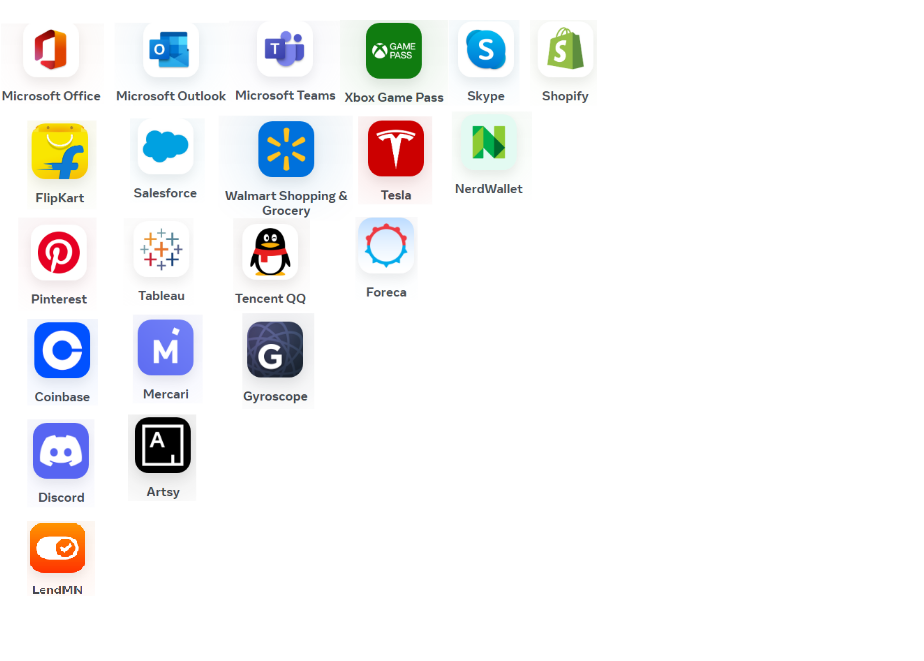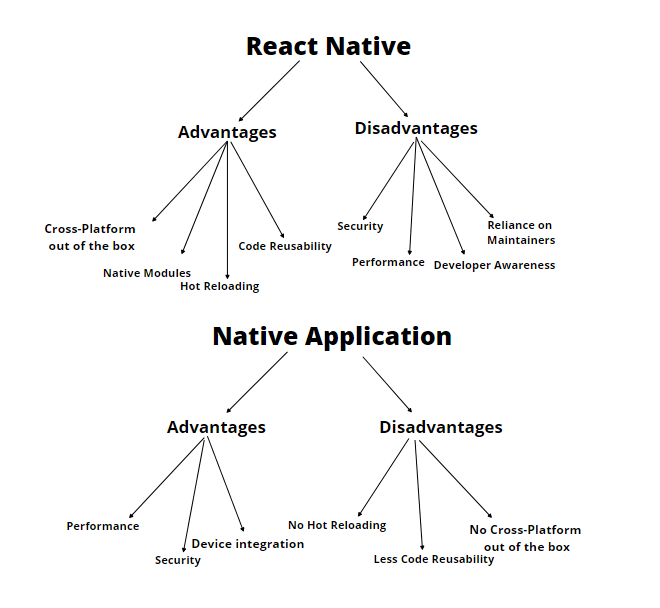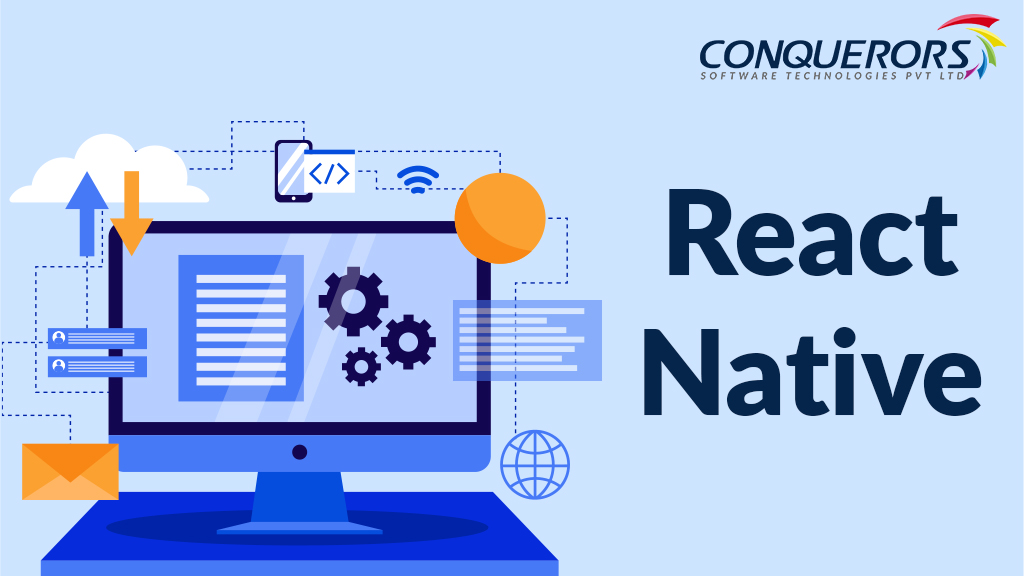React Native Application Development Company In Hyderabad, India
1. React Native: What makes it unique?
If you want to build unique and extremely efficient mobile applications, the best option is React Native where Different people use React Native for different purposes to build applications. From Beginner to advanced iOS developers React Native is implemented for different applications with its distinctive features.
A rapid development framework to develop mobile applications which used to save time to build any applications. For existing native code, React components always wrap and interact with native APIs via React’s declarative JavaScript and UI paradigm. Existing native code works much faster and enables native application development for whole new teams of developers.
2. When To Use Native or React Native For Mobile Applications:
React Native is useful, when
- You want to build cross-platform applications with a fairly straightforward use case.
- You want to quickly make a prototype or MVP. Even less time bringing products to the market.
- React Native is great for code reusability and putting something together quickly. This can simplify the valuable test of the framework’s viability for your given use case – maybe native won’t be needed after all.
- You want to bring the logistical benefits that a hybrid framework provides: a single codebase, from which typically stems a reduction in expenditure and cost.
Native Application Development is useful, when
- You want the performance that native frameworks bring while building a complex application.
- You have the resources and processes available to support the logistical demands of running
- When two mobile development streams keeping in sync and the development process are available to support and run.
- When your application is targeting a single platform, you don’t expect this to change. Android or iOS only,
- One of the features the only native can provide is when you need direct access to device capabilities.
3. Applications developed using React Native:

4. Advantages and Disadvantages of React Native:
Advantages:
- Native Look and Feel
Both React Native components and native development components map a 1:1 ratio. It combines the building blocks from its own JavaScript with the native user interface which gives the application a native-like appearance. Moreover, for Android as well as iOS building blocks are the same, across the two platforms the look and feel of the application are also similar.
- Code Reusability
The code reusability gives the biggest advantage where React Native is that developers don’t need to create codes for Android and iOS separately. around 85 to 90 percent of code will be reused which helps increase speed and efficiency in the development considerably. As a result, we can deliver code fast time-to-market and require fewer maintenance efforts.
- Live Reload
This feature of React Native allows you to work and see changes in real time. It gives an automatic reload facility. You can also reload a particular area of change and reload.
- Cost-Efficiency
As the code development is fast, time to market is fast and there are many pre-built components in React Native So easy development saves time and cost.
- UI Focused
React JavaScript library is used by React Native so to build application interfaces that are fast and responsive. It contributes great rendering abilities and uses a component-based approach which makes it easy to create both complex UI and simple designs.
- Large Community Support
The community-driven approach has given over 50,000 active contributors, and this support makes React Native the most popular.
- Third-Party Plugins
Expenses increase when we build an application from scratch, due to the usage of third-party plugins including JavaScript-based and native modules. The application functionality and performance will automatically improve.
Disadvantages:
React Native is difficult to learn, low in security, takes longer to initialize, and issues in memory management make this approach a little tedious while working with React Native.
5. React Native Vs Native Applications:

6. React Native Application Development FAQs:
6.1. Can we convert the existing Application to React Native or not?
The answer is ‘yes’ we can convert the existing Application to React Natives when the app does not depend on doing heavy computing tasks on the device. Due to one code base migrating to React Native your app becomes cheaper for both Android and iOS.
6.2. Why did we need React Native?
Before React Native, people used to build mobile apps mostly on native platforms. It was mainly related to the great customized user experience and high performance also has some limitations.
For instance, native development environments were OS-dependent. That means, that in order to develop applications for multiple platforms separately, different developers need to be hired. Thanks to React Native, developers could work around a single tool to develop cross-platform applications with an almost native experience.
6.3. Difference between React and React Native?
The basic difference is React is used to build Web applications whereas React Native used to build Mobile applications
React focuses more on improved User Interface, whereas React Native shares a common logic layer for all Operating Systems. This improves efficiency.
React is a library used for web development whereas React Native is a platform to develop mobile applications.
React Native you have everything to start a project. On the other hand, creating a new project with React means one library you choose among many to start a web application.
6.4. Are there any alternatives for React Native?
There are multiple technologies that aim to achieve the same goal and have different ways of doing it. Here are a few examples:
- Cordova – Best use in making hybrid apps that instead of using native components access to the device’s native APIs wrap what is essentially a web application.
- Flutter – is one of the latest technologies, which was published in 2017 by Google. Used to make apps for Cross-Platform both iOS and Android by using Dart language
- NativeScript – it allows building apps for both iOS and Android using HTML, CSS, JS, Angular, Vue, etc.
- Xamarin – owned by Microsoft, Uses C# and allows developers to build apps for iOS and Android.
